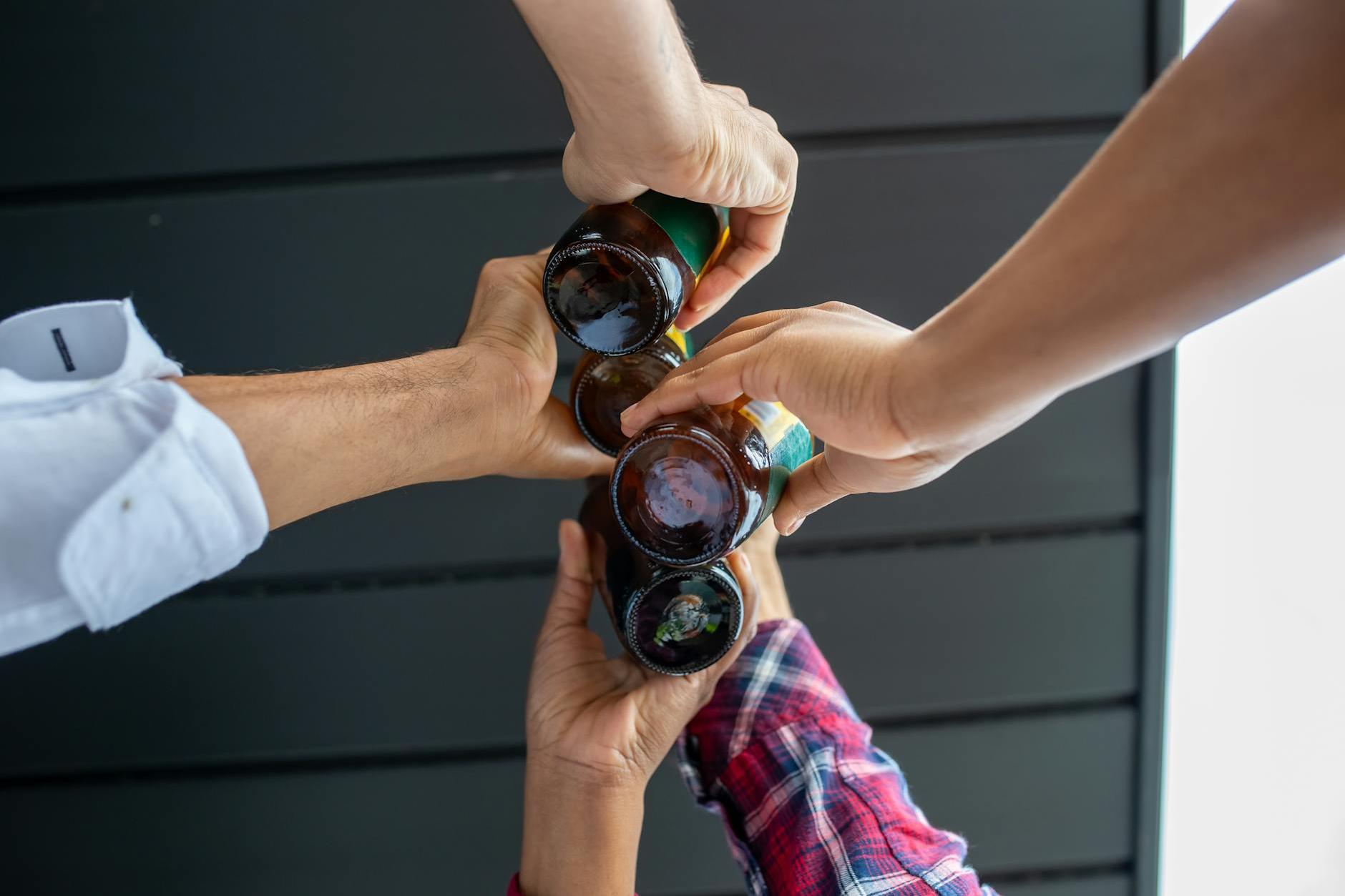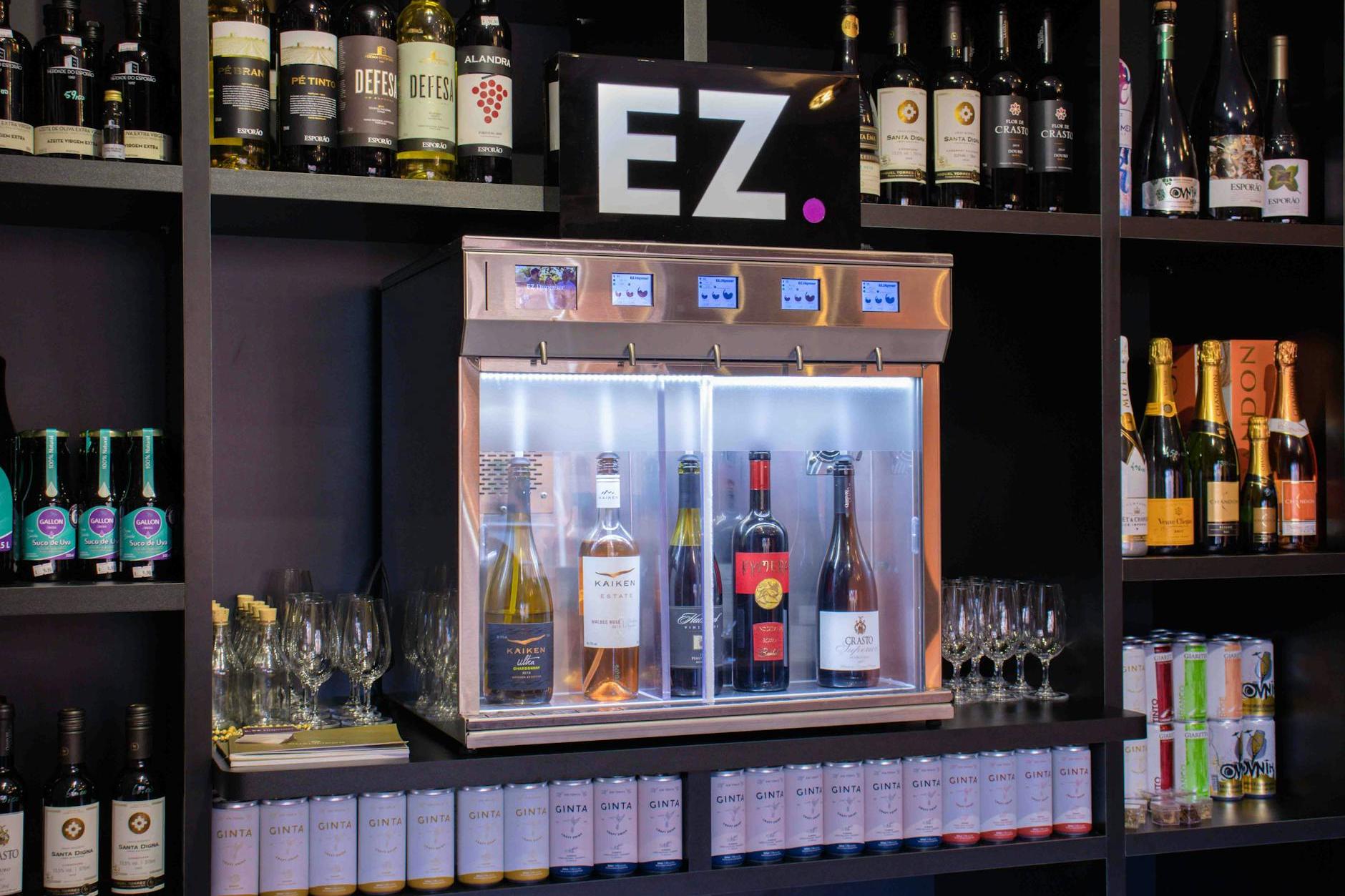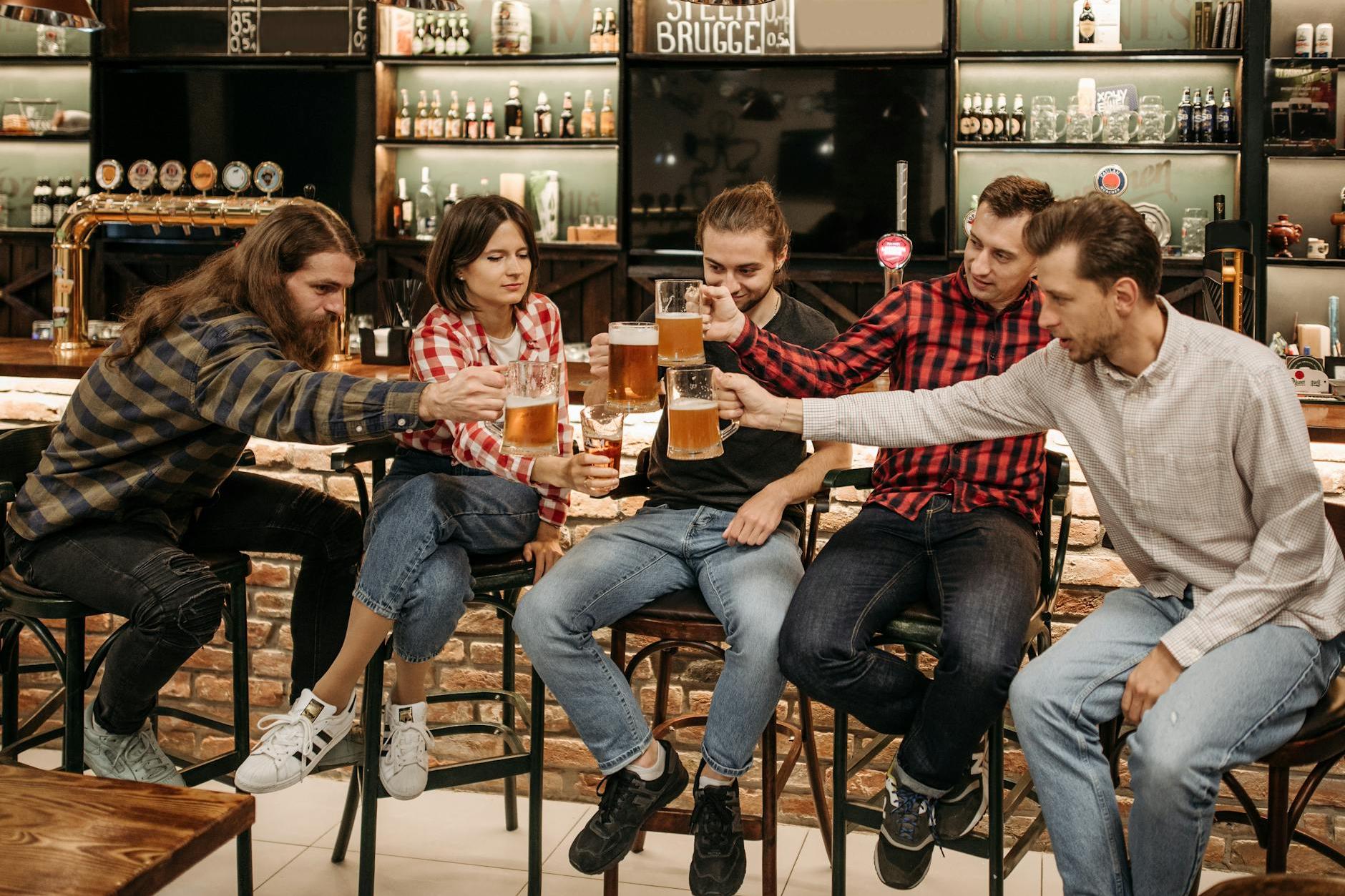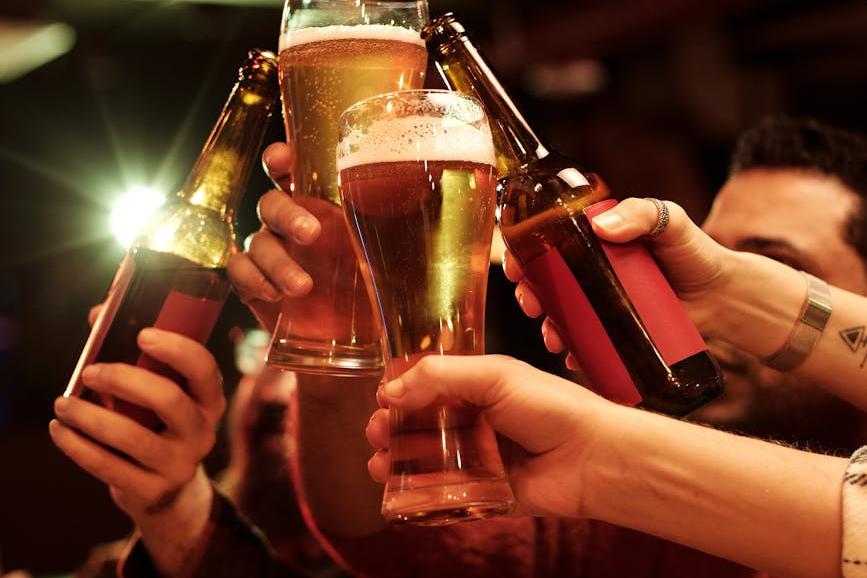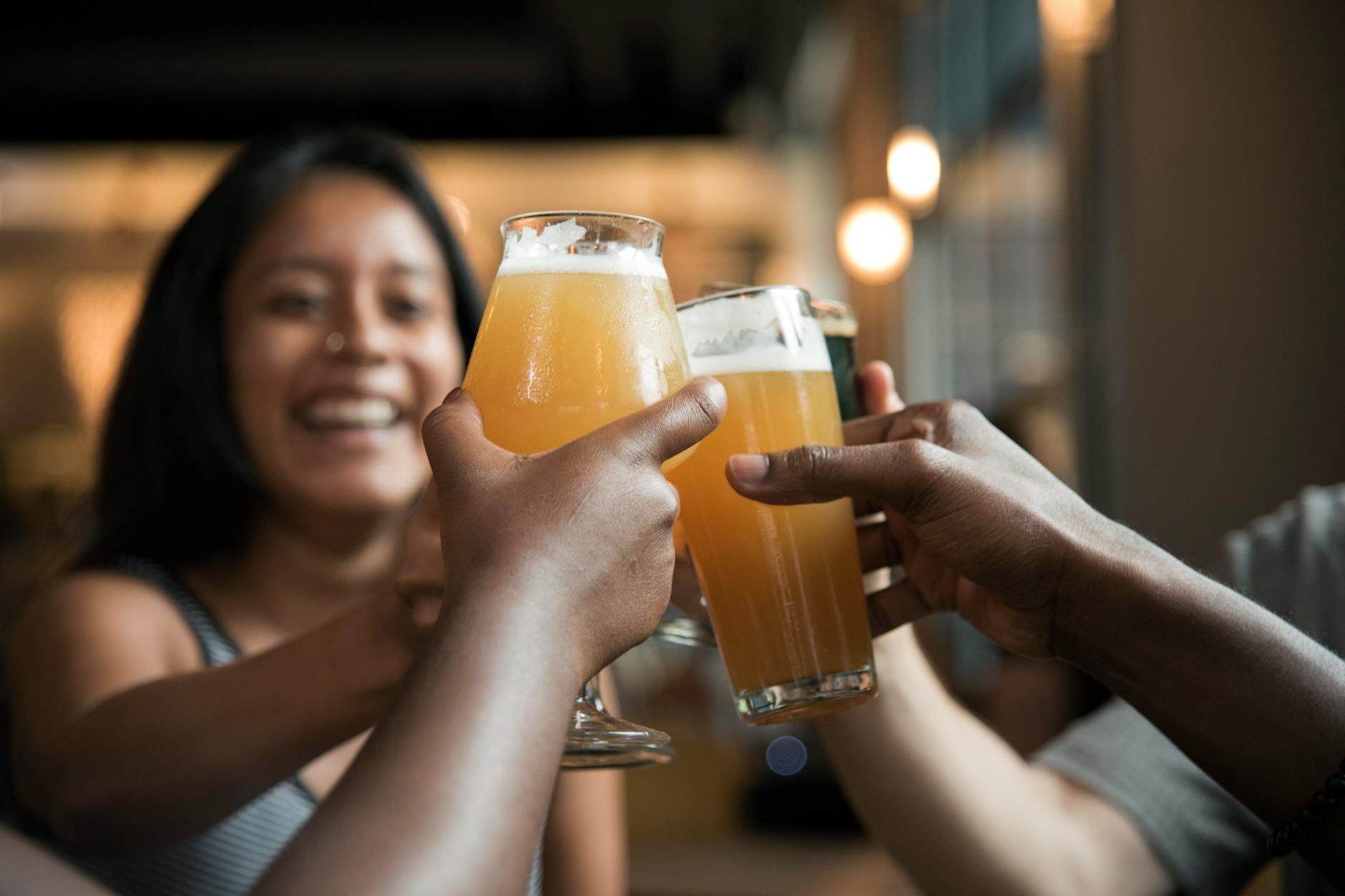- 20 Years of Expertise in Import & Export Solutions
- +86 139 1787 2118
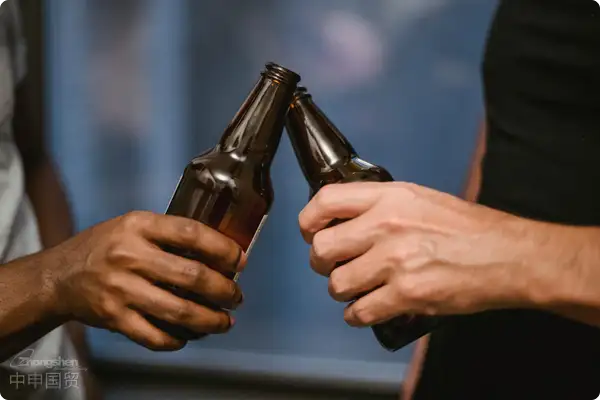
When German Beer Meets the Chinese Dining Table: The Survival Rules for Agents
In 2018, I handled a special order for Oktoberfest where the client insisted on shipping limited-edition draft beer in standard containers. Upon arrival at the port, 30% of the bottle caps burst due to temperature differences. This lesson taught me:Imported beer is never just about trade, but a relay of safeguarding quality..
The "Five-Sense Test Method" for supplier screening
After visiting 127 breweries in Germany, I've distilled the golden standard for on-site inspections:
- Olfactory testing:The fermentation workshop should have a faint aroma of malt, not a pungent chemical odor.
- Tactile verification:The bottle body must have embossed printing that is tactile and three-dimensional to prevent refilling.
- Auditory confirmation:The filling line should produce regular mechanical sounds, and abnormal noises may indicate equipment aging.
- Visual Review:Observe the foam layer when pouring the beer. A high-quality beer should maintain a 3-finger thickness for over 120 seconds.
- Taste Blind Test:Compare the flavor stability of samples from the same batch under two conditions: room temperature and refrigeration.
The "Sandwich Structure" of Customs Clearance Documents
Among the 37 batches of beer returned by Qingdao Customs in 2024, 29 were due to documentation discrepancies:
- Underlying support:
- ?Certificate of Origin?The book should include information on hop-growing regions.
- The filling date must be accurate to the hour (German factories commonly use laser coding).
- Core filling:
- The alcohol content labeling must comply with both Chinese and German standards.
- It is recommended that the Chinese back label be pre-attached in Germany.
- Top-level protection:
- Transportation insurance must cover temperature control failure scenarios.
- Special categories require prior application for an alcohol business license.
The Temperature Game in Cold Chain Transportation
We have compared three mainstream transportation solutions:
- Constant temperature container (+4°C):The cost increased by 40%, but the pressure inside the bottle remained stable.
- Cold storage with ice plates (0-8°C):Suitable for 20-foot containers, temperature control fluctuation ±2℃.
- Seasonal?Ocean shipping?(Natural temperature):Winter transportation can save 15% in costs by avoiding equatorial routes.
A certain customer adopted the "segmented temperature control" solution, activating refrigeration in the Indian Ocean segment and switching to natural ventilation in the Strait of Malacca, successfully reducing logistics losses by 18%.
The Fatal Details of Localized Operations
Lessons learned from representing a Bavarian brand in 2019:
- Bottle cap material:The commonly used zinc alloy bottle caps in Germany are prone to oxidation domestically, necessitating a switch to chrome plating.
- Carton strength:The stacking height domestically often exceeds twice the European standard, requiring the addition of lateral reinforcement ribs to the container.
- Tax traps:Please pay special attention to whether the consumption tax calculation base includes the value of packaging materials.
Finally, a reminder to all our colleagues:The 16% VAT rate on German beer does not apply to exports, but some states impose an environmental surcharge.It is recommended to clearly stipulate the tax allocation clause in the PI.
Recommended for You
Category Case
Contact Us
Email: service@sh-zhongshen.com
Recommended for You
Contact via WeChat

? 2025. All Rights Reserved.
